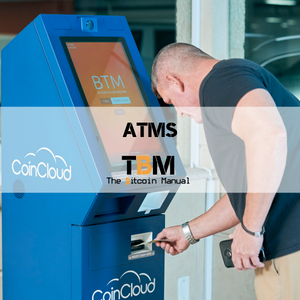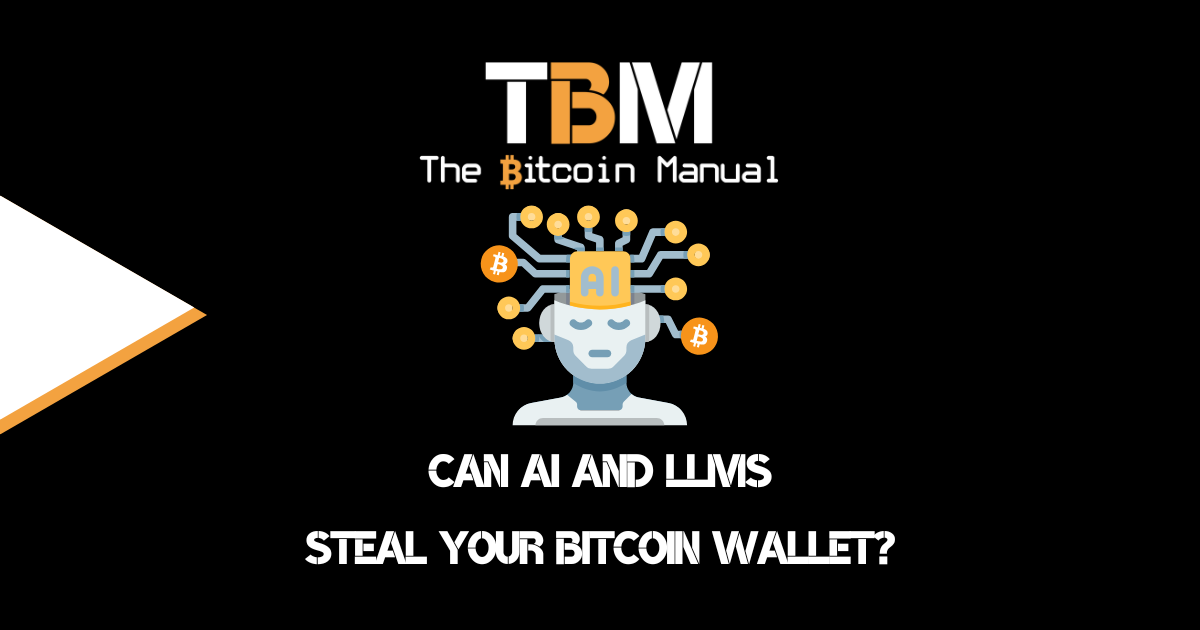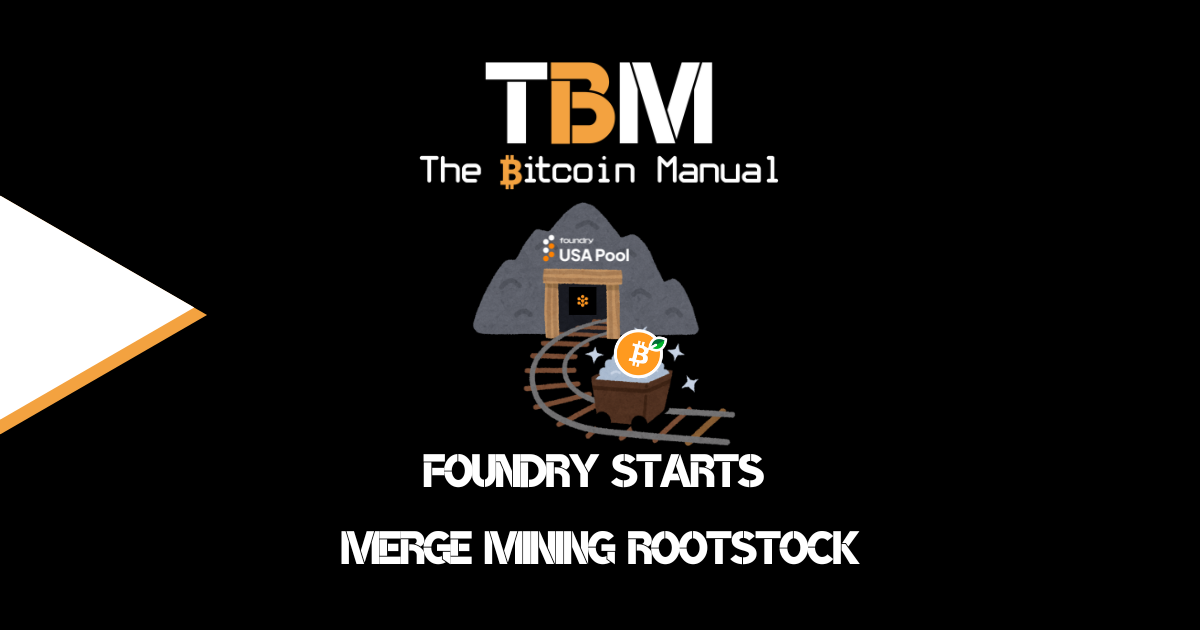Bitcoin ATMs
Home » Bitcoin Finance » ATMs
Bitcoin is a global currency that can be accessed anywhere there is an internet connection, but it may not always be practical for everyday use in its current adoption stage. Very few merchants accept bitcoin or have the facility to instantly convert bitcoin to their preffered currency, so it’s up to you as the individual to have cash.
As a bitcoiner, you know carrying cash is a losing game, and you only use it to transact at the point of sale, which is why Bitcoin ATMs make so much sense. They’re also great for bitcoiners who want to travel internationally and, instead of dealing with forex markets, or credit card charges, can switch their bitcoin into a local currency via a local Bitcoin ATM.
A bitcoin ATM doesn’t only allow you to turn bitcoin into fiat currency but some also allow you to turn your fiat deposits into bitcoin too. Sounds good, doesn’t it? But what exactly is a bitcoin ATM? How do they work, and where can I spot one in the wild? This and more will all be answered here.

How do Bitcoin ATMs work?
A Bitcoin ATM is normally a two-way buy or sell process. You can exchange a traditional currency for BTC and vice versa by following some simple steps indicated on the machine, and you will also need a bitcoin wallet handy.
Bitcoin ATMs are comprised of a monitor, QR scanner, bill acceptor and dispenser. On the backend, these components are tied together via software to make the buying and selling of Bitcoin quick, easy and secure, as you would expect with a standard ATM. Think of it as a P2P exchange but instead of a person, you’re dealing with a kiosk.
Bitcoin ATMs are different from traditional ATMs in that they are not connected to a bank account. Instead, they are connected directly to a cryptocurrency exchange via the Internet. These exchanges provide the liquidity and the backbone for exchanging bitcoin.
Bitcoin ATMs are not a new service; the very first Bitcoin ATM was placed in 2013 at the Waves coffee shop in Vancouver, Canada. That ATM has since been removed, but it was this machine that paved the way for other Bitcoin ATM companies to innovate and carve out their niche in the industry.
How to use an ATM to buy Bitcoin
There are different types of BTMs available in the market, all with different setups, different manufacturers, providers and exchange backbones running. We cannot account for changes in user experience when using an ATM in your part of the world, but the overall steps should remain similar.
The steps involved in buying Bitcoin using Bitcoin ATMs should go as follows. But don’t take this as fact; the steps may differ, depending on whichever Bitcoins machine you might be using.
If you want to purchase some bitcoin using a local currency via a bitcoin ATM, approach the ATM and follow these instructions.
- On the ATM interface, click “Buy Bitcoin.”
- Using the ATM, scan the QR code of your Bitcoin wallet address.
- Depending on the ATM, you may need to provide some identification.
- Input the amount of Bitcoin you want to buy.
- Insert your cash into the ATM.
- Wait a moment for the ATM to process the transaction.
- Click on “Finish.”
- Collect a printed receipt.
You will most likely pay a % fee on your transaction, with additional bitcoin mining fees, depending on how the exchange batches transactions and how busy the network is during a transaction. If you are going to use a bitcoin ATM, make sure you check the sat per byte cost before you place your transfer.
After the transaction, check your Bitcoin wallet, or use a block explorer with the address you provided to the ATM.
How to use an ATM to sell Bitcoin
Do you need cold hard paper money, and you have bitcoin to spare, then instead of doxing your conversion on an exchange and waiting for fiat to clear into your bank account, you could use bitcoin ATM. You would need a bitcoin wallet and then head down to your local bitcoin ATM and follow these instructions.
Getting cash may take a little longer, so you will need to be patient, especially if it’s your first time.
- Create an account with the bitcoin ATM; this can be done with an email address or a cell phone number.
- Then, using one of their ATMs, you log in to your account to indicate how much Bitcoin you want to sell and which wallet address you want to sell from.
- This transaction needs to be verified on the Bitcoin network or blockchain, and you will receive a notification when it has been verified, and you can withdraw your cash. This takes longer than buying Bitcoin, and different operators require more time than others.
- Different operators also have different levels of customer service, if any. It pays to do your research in advance and do business with a Bitcoin ATM operator who is reputable and has fast reliable customer service.
- As with buying Bitcoin, the ATM operator will charge a fee for the transaction, so the cash you collect will be minus the operator’s fee and possibly also the miner’s fee depending on how heavy the network is and how the ATM batches on-chain transactions.
How to send funds to someone using a Bitcoin ATM
Bitcoin ATMs also work well to send Bitcoin to someone else since they are only an interface; they have nothing to do with identities or bank accounts; you’re dealing directly with cash to bitcoin exchange. If you want to send bitcoin to someone from an ATM, all you have to do is follow the same steps in purchasing, but instead of providing your bitcoin wallet public key, you use the public address of the person you want to send the funds to via the bitcoin network.
If the opposite was the case and you wanted to provide someone with fiat money, that person would need to be at a bitcoin ATM and create a sell order on the ATM.
When the ATM provides the bitcoin deposit QR code, the person will need to forward that to you, and you would need to pay that address. Once the funds clear on the blockchain, the ATM should provide the cash equivalent.
Why use a Bitcoin ATM
- There’s no need to go through a traditional financial institution to buy Bitcoin or cryptocurrency. This can allow the unbanked to gain access to decentralised funds and convert their fiat currency into bitcoin. So no need for a bank account or touch any of the traditional banking rails.
- It’s often faster to buy Bitcoin from a Bitcoin ATM than to deposit it in a bank, transfer those funds to an exchange, and buy Bitcoin.
- Bitcoin ATMs can offer more privacy than centralised exchanges, which require you to perform a full know-your-customer check for any account.
The downside of bitcoin ATMs
- Like some franchised ATMs, Bitcoin ATMs charge a fee for their use and to cover their costs. Fees on Bitcoin ATMs are not fixed and varies from supplier to supplier, but the average fee is around 7% higher than the spot price for Bitcoin.
- Due to anti-money-laundering rules, Bitcoin ATMs have set transaction limits.
- You may not be located near a Bitcoin ATM.
- Trusting a third party and machinery, you never know if an ATM is operating by a legitimate source or if it has been compromised.
Bitcoin ATM Vendors
If you’re on the lookout for a bitcoin ATM in your country, it would be best to seek out the vendor providing bitcoin ATMs. They will usually have a map on their website of where you can locate these ATMs.
In some cases, you may even be in luck and find one that supports the lightning network, which will make your bitcoin ATM transactions far cheaper and easier to conduct regularly.
| Service Provider | Website |
|---|---|
| AnkerPay | https://ankerpay.com/ |
| Coin ATM Radar | https://coinatmradar.com/ |
| Coinfinity | https://en.coinfinity.co/buy-bitcoin-at-atm |
| Coin Source | https://coinsource.net/ |
Share with a friend
If you thought this information was helpful why not share it on your favourite social media network and encourage others to learn more about Bitcoin
The latest news from our blog

Can AI Steal Your Bitcoin Wallet?
Large language models and generative AI have dominated the news cycle and captivated the imaginations of many enthusiasts, but even casual users have started to

Foundry Starts Merge Mining Rootstock
The Bitcoin ecosystem has taken steps to extend its reach beyond the base chain and its limited capacity; while a lot of focus remains on

What To Do If BTC Mixing Services Are Banned?
The Karenisation of the EU is nothing new; they’ve shown signs of Bitcoin derangement syndrome for some time and are still firmly in the fight-you
